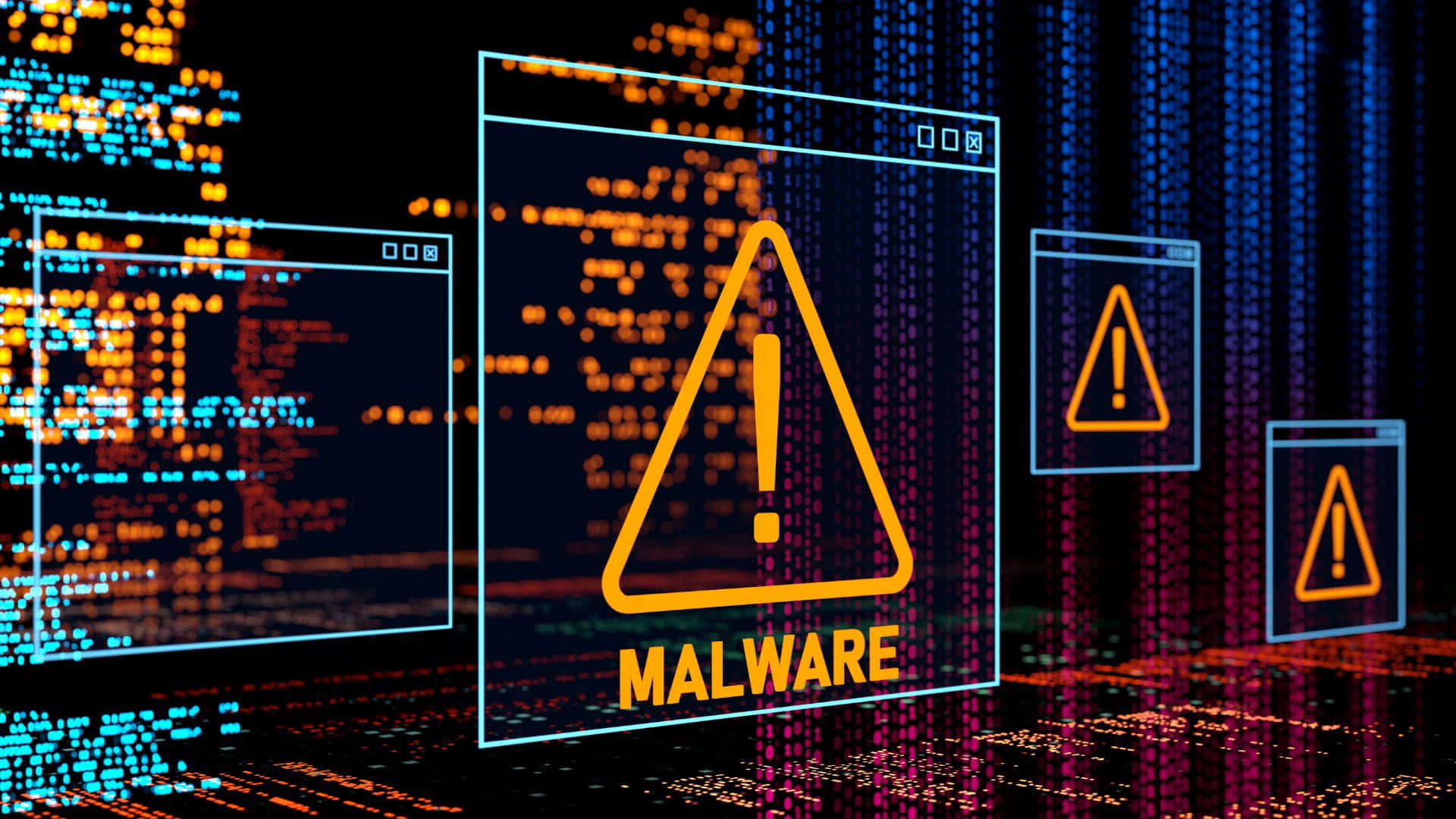Introduction
In the ever-evolving landscape of cybersecurity, organizations continue to face relentless challenges in safeguarding their digital assets against increasingly sophisticated threats. In response, bug bounty programs have emerged as a pivotal strategy, harnessing the power of ethical hackers worldwide to identify and mitigate vulnerabilities before malicious actors can exploit them.
The Rise of Bug Bounty Programs
Originating over two decades ago, bug bounty programs have undergone significant evolution, transitioning from niche initiatives to mainstream practices embraced by organizations across industries. The allure of bug bounty programs lies in their ability to tap into the diverse expertise of security researchers, offering monetary rewards and recognition for the discovery of vulnerabilities ranging from software bugs to critical system flaws.
Collaborative Cybersecurity
In 2024, bug bounty programs have transcended traditional boundaries, fostering collaboration between companies, independent researchers, and cybersecurity communities. This collaborative approach not only enhances the collective security posture but also cultivates a culture of transparency and accountability within the digital ecosystem.
Expanding Scope and Complexity
As technology advances, so do the complexities of cybersecurity threats. Bug bounty programs in 2024 have adapted accordingly, expanding their scope to encompass a broad array of platforms and technologies, including cloud infrastructure, IoT devices, and blockchain networks. Moreover, specialized programs targeting specific industries such as finance, healthcare, and automotive have emerged to address sector-specific vulnerabilities.
Automation and Scalability
To keep pace with the ever-growing volume of digital assets and potential vulnerabilities, bug bounty platforms have embraced automation and scalability. Machine learning algorithms aid in triaging and prioritizing reported issues, enabling faster resolution and optimization of resource allocation. Furthermore, the integration of DevOps practices facilitates seamless collaboration between security teams and development cycles, ensuring timely remediation of identified vulnerabilities.
Regulatory Compliance and Risk Management
In an era marked by stringent data protection regulations and heightened awareness of cybersecurity risks, bug bounty programs serve as a proactive measure for regulatory compliance and risk management. By proactively identifying and addressing vulnerabilities, organizations can mitigate the risk of costly data breaches and regulatory penalties while bolstering consumer trust and loyalty.
Ethical Considerations and Responsible Disclosure
Despite their positive impact on cybersecurity, bug bounty programs raise ethical considerations regarding the disclosure of vulnerabilities and the treatment of security researchers. In 2024, industry standards and best practices emphasize responsible disclosure, ensuring that ethical hackers are duly acknowledged, rewarded, and treated with respect for their contributions to cybersecurity.
Conclusion
Bug bounty programs have become indispensable tools in the arsenal of modern cybersecurity, empowering organizations to fortify their defenses against evolving digital threats through collaboration, innovation, and transparency. As we navigate the complex terrain of cyberspace in 2024 and beyond, bug bounty programs will continue to play a vital role in safeguarding the integrity and resilience of the digital ecosystem.










